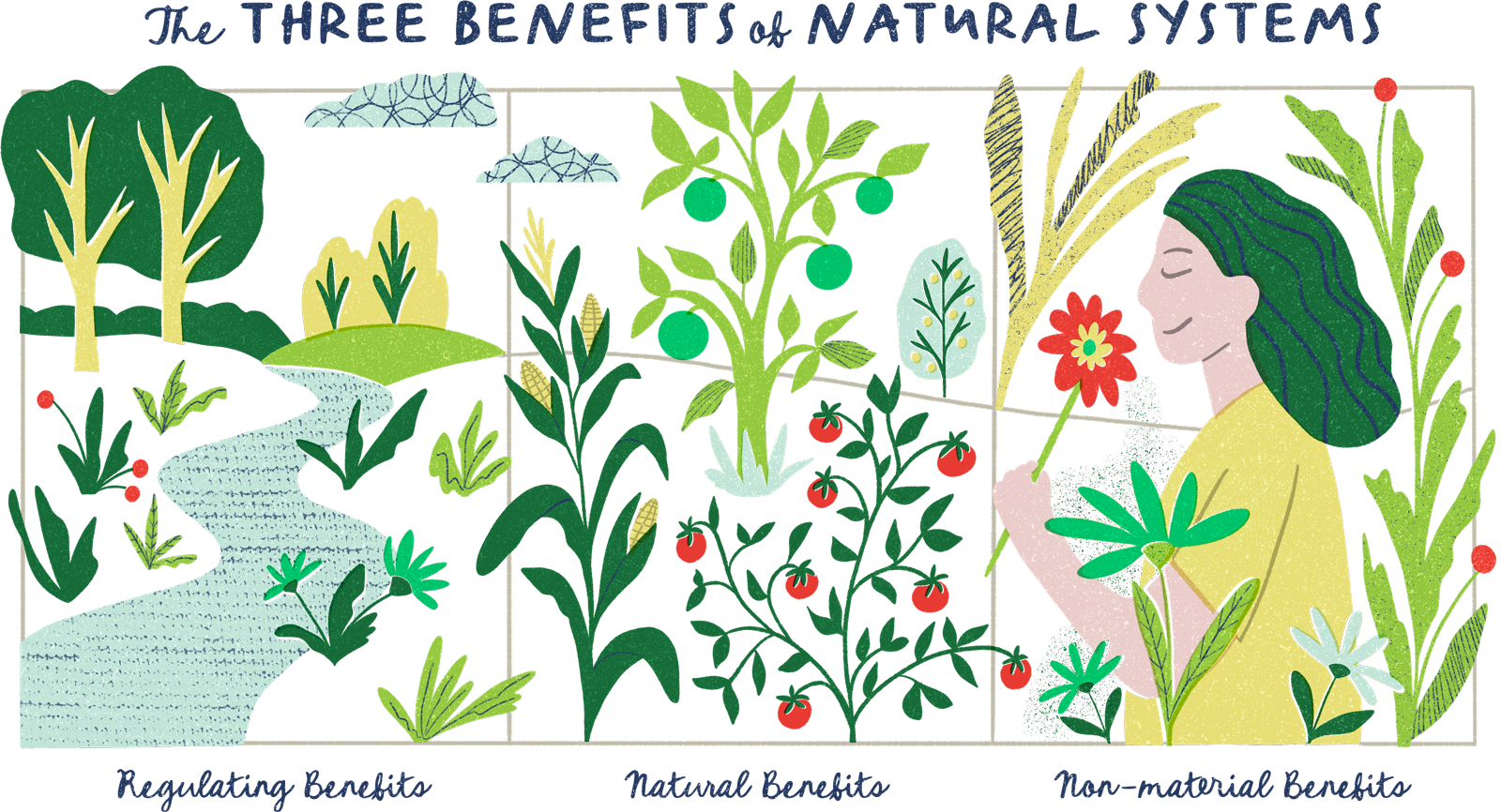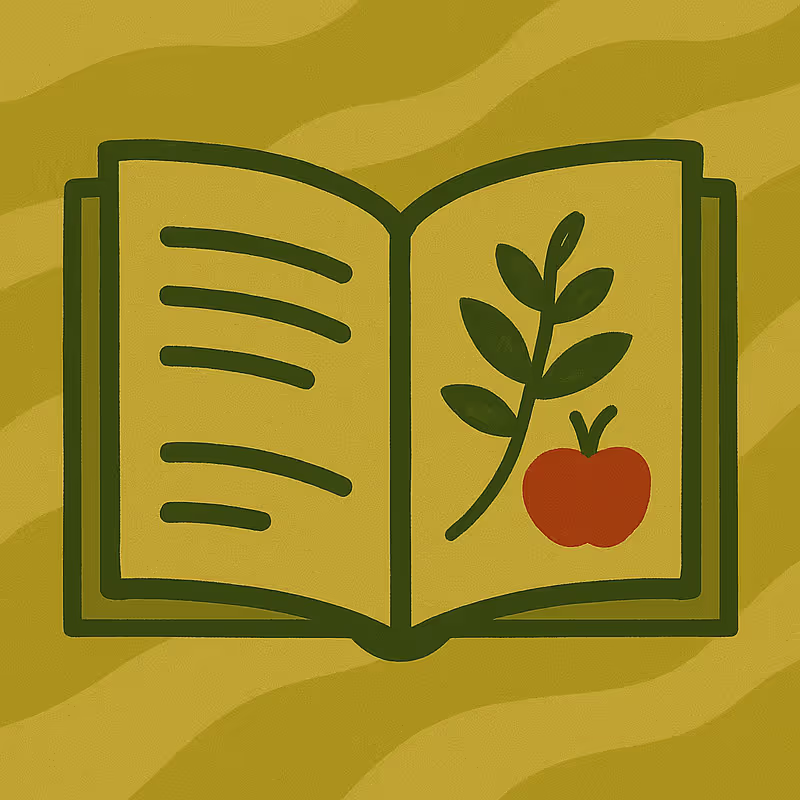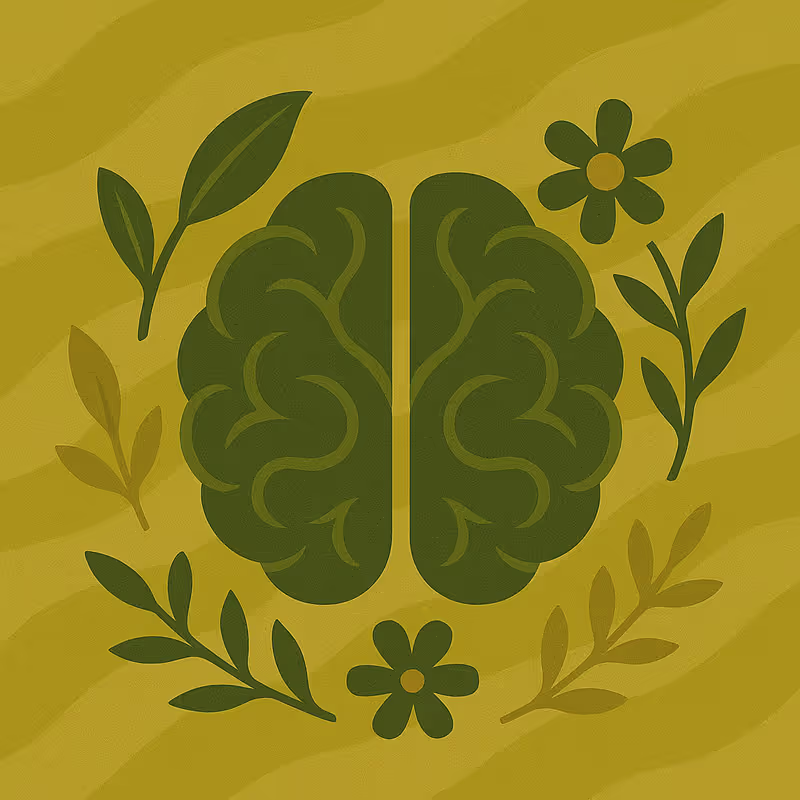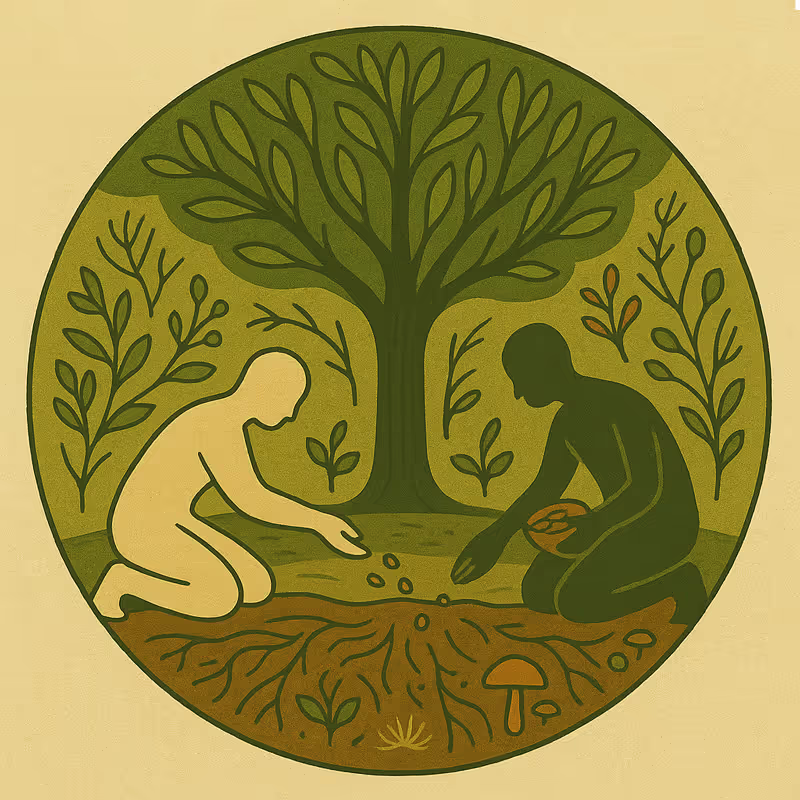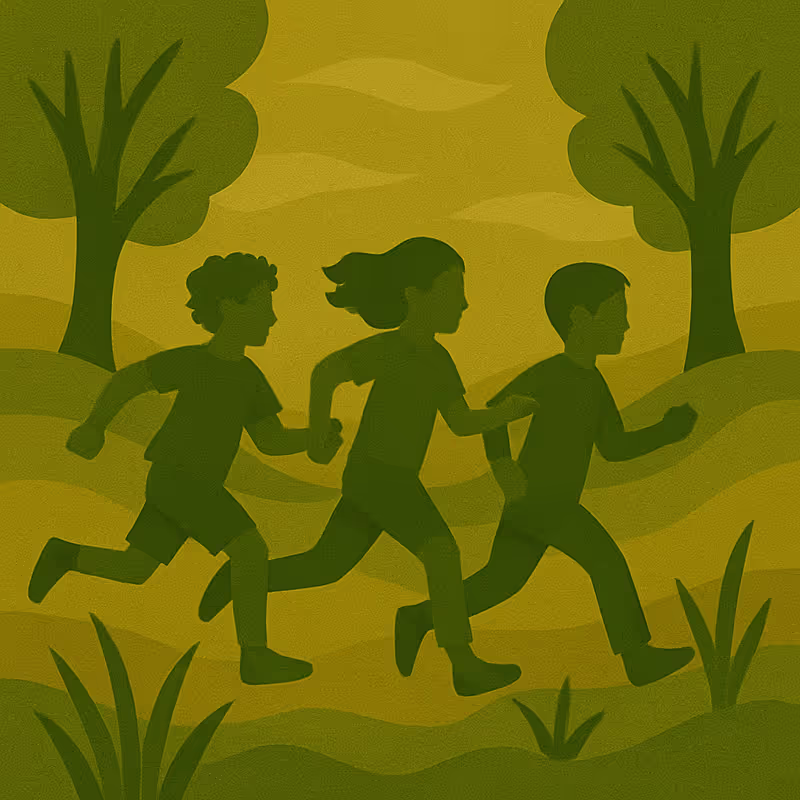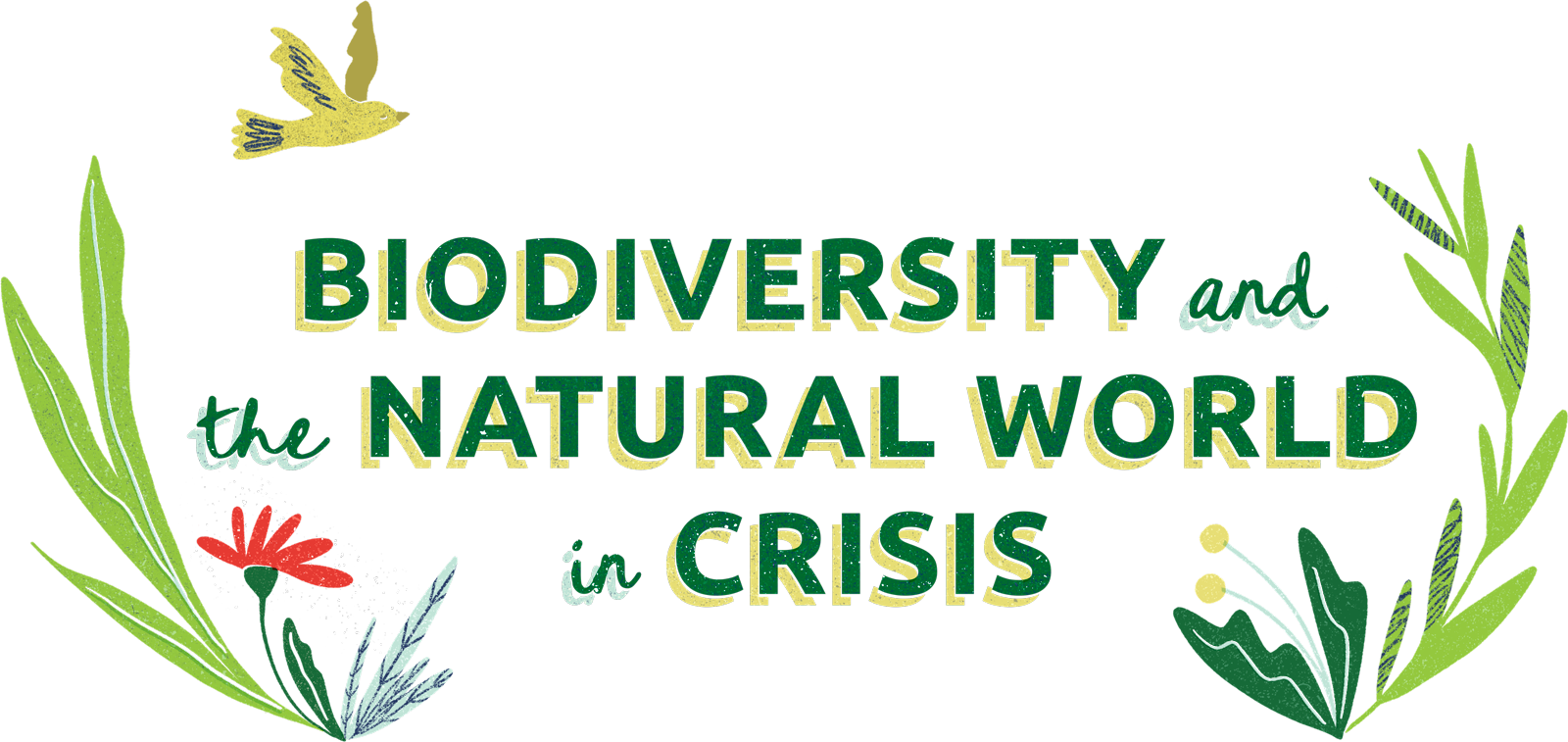
Welcome to this online course on Biodiversity from the PLANET4B Project!
To begin, watch this 6-minute video with Sir David Attenborough on why biodiversity is important.
Please note that some of the activities in this online course require watching a video in English. You can select subtitles in your own language, if they are available. If they are not available, you can select auto-translation of subtitles into your language from each video’s settings on YouTube.
After watching the video, close your eyes and imagine yourself in your favourite biodiverse, natural place.
- How does it make you feel?
- Do you have special memories associated with it?
- Who else (animals, plants, people) is this place important for?
- How would you like to see this natural place cared for and protected in the future?
When you’re ready, step into the course. We hope you enjoy it!
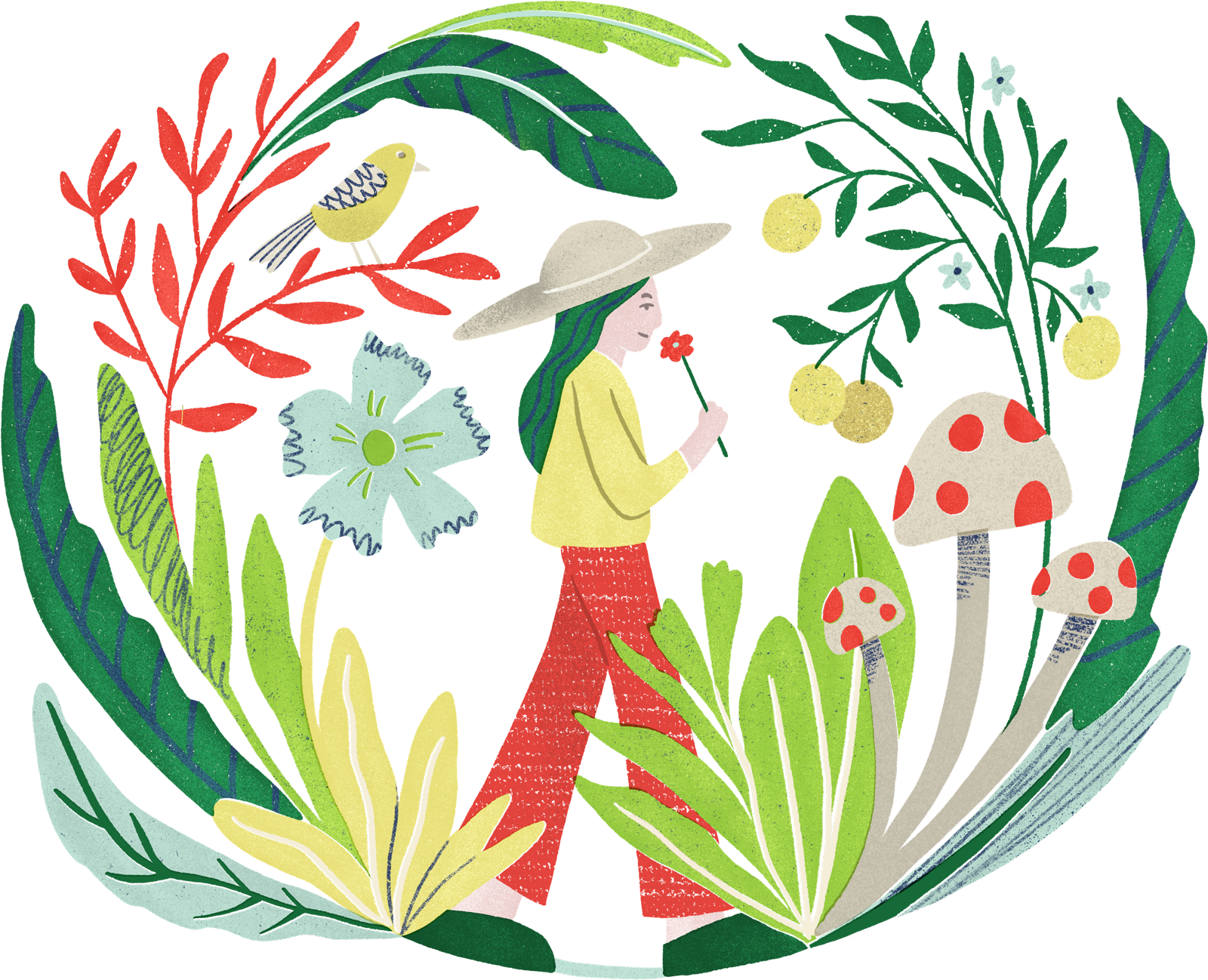
Learning objectives:
- Understand the given definitions of biodiversity, nature and ecosystems
- Understand that there are different definitions and ways of valuing biodiversity and nature
- Understand the different kinds of ecosystem services and how they highlight the many ways in which biodiversity supports human life
Defining nature and biodiversity
Reflection (3’)
Prompt: In your own words, how would you define nature and biodiversity? Are humans part of nature or separate from it?
There are no wrong answers. The aim is to reflect on your personal understanding of these terms.
Biodiversity refers to the variety of life across all levels, from genes to species to ecosystems (Cardinale, et al., 2012).

Nature can be understood as the totality of life on Earth, including plants, animals, ecosystems, geology and other environmental systems (like the climate). According to many cultures, nature also includes human beings as part of the living world.

For our understanding, nature is often organised into ecosystems. Ecosystems are dynamic systems, composed of living organisms, their physical environment, and the interactions between them.
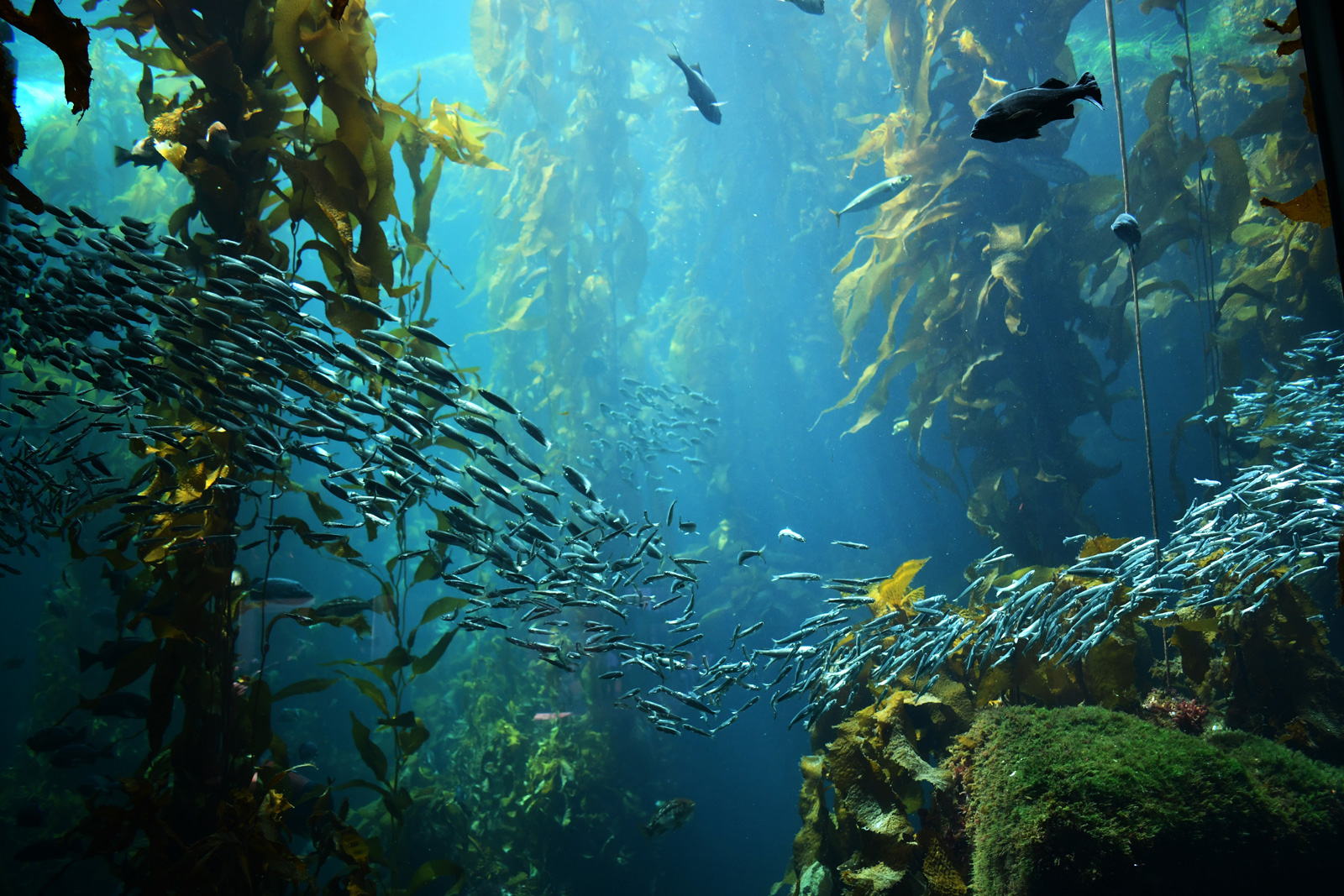
Biodiversity is essential for ecosystem function, and ecosystems in turn provide the context in which biodiversity thrives.
Nature and biodiversity are deeply interconnected: biodiversity is a fundamental component of nature, and nature provides the conditions that support biodiversity.
Although these definitions may appear straightforward, there is no universally agreed-upon meaning. How we define nature and biodiversity can be complex, contested, and political. Whether we understand nature as including humans, or as something separate to us, will inform how we treat it: either primarily as a resource to satisfy human needs and wants, or as a complex web of life in delicate balance, in which humans are one strand among many.
These definitions also shape how value is attributed to the natural world. For example, the same wetland can be valued in very different ways (Pascual, et al., 2023):
- Some may see it as a site of intrinsic ecological richness and beauty, worthy of protection for its biodiversity.
- Others may view it as a source of livelihood, for fishing or other natural resources, and therefore value it economically.
- For families who have lived near it for generations, the wetland may carry cultural and ancestral significance, linking place to identity and memory.
Reflection (3’)
Prompt: How do you feel about nature? In what ways is nature important?
Again, there are no wrong answers. This activity is intended to have you reflect on the way you value nature and biodiversity.
Ecosystem services
One way of defining and valuing biodiversity is through the concept of ‘ecosystem services’.
‘Ecosystem services’ refers to all the benefits that ecosystems provide to humans through the functioning of natural systems.
These services can be (a combination of) provisioning, regulating, supporting or cultural services (DeFries, et al., 2005).
Provisioning services are the tangible goods that nature supplies, such as wood, food, raw materials and water. Provisioning services can also be referred to as material services.
These services are essential to humans. Globally, over 2 billion people rely on wood fuel for energy, and around 4 billion people rely on nature directly for medicine (United Nations, 2019).
All humans ultimately depend on nature to meet their fundamental needs for food, water and energy (WHO Regional Office for Europe, 2021).
Regulating services help maintain ecological balance and human wellbeing, such as through air and water purification, flood control and climate regulation. In the context of climate change caused by anthropogenic greenhouse gas emissions, the absorption of greenhouse gases by ecosystems is crucial. Land carbon sinks (supported by healthy, biodiverse ecosystems) have absorbed approximately 32% of all human CO2 emissions since 1850 and have continued to do so despite exponential increases in CO2 emissions (Friedlingstein, et al., 2023). However, ongoing decline in biodiversity threatens this capacity, with evidence from 2023 already showing a decline in carbon absorption due to rising temperatures (Ke, et al., 2024).
Supporting services enable ecosystems to function and deliver all the other ecosystem services. Supporting services include nutrient cycling, soil formation and habitat provision. Supporting services help ecosystems thrive, which in turn can also benefit humans through all the other types of services. On the other hand, the loss of ecosystem services due to declining biodiversity poses a great threat to ecosystems and humans globally.
Cultural services refer to the non-material benefits that nature provides, such as inspiration, spiritual meaning, recreational opportunities, and a sense of identity. Cultural services can also be referred to as non-material services.
As the Intergovernmental Science-Policy Platform on Biodiversity and Ecosystem Services or IPBES (the leading independent intergovernmental organisation that synthesises global scientific knowledge to inform policy on biodiversity) puts it:
‘Nature underpins all dimensions of human health and contributes to non-material aspects of quality of life – inspiration and learning, physical and psychological experiences, and supporting identities – that are central to quality of life and cultural integrity’ (IPBES, 2019).
